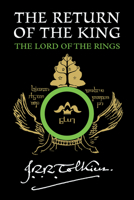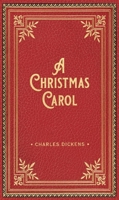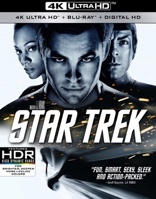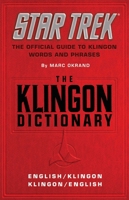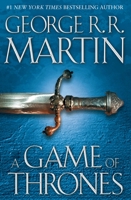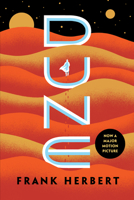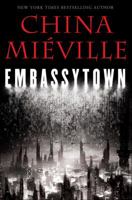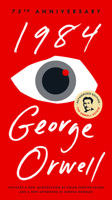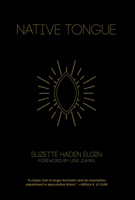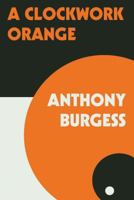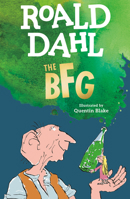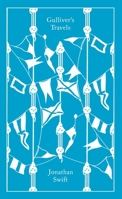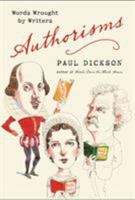Creative Linguistics: Novels Introducing a Novel Tongue
By Ashly Moore Sheldon • July 01, 2021
When it comes to novels with constructed languages (aka conlangs), few authors have gone as far as The Lord of the Rings author J. R. R. Tolkien who invented not just one, but multiple languages, complete with distinct alphabets. Several are so precise, they have inspired university classes. A true linguist, Tolkien spoke several languages and held a day job teaching classical languages at Oxford University.
In a 1958 letter to his son, Christopher, he wrote, "Nobody believes me when I say that my long book is an attempt to create a world in which a form of language agreeable to my personal aesthetic might seem real. But it is true."
Fantasy Fluency
Diehard fans of books and shows featuring conlangs often endeavor to learn the invented language and use it in creative ways. For example, several pieces of classical literature including Dickens's A Christmas Carol and scenes from Shakespeare have been performed in Star Trek's conlang, Klingon, one of the most fully realized sci-fi languages. This speaks to the immersive quality of such works. The way that these languages can help transport us into the world created by the author.
In George R. R. Martin's A Song of Ice and Fire, he introduces the Dothraki nation and language. While the language is spoken only occasionally in the book, it was further developed for the Game of Thrones HBO series. (And did Jason Momoa and Emilia Clarke ever make it sound sexy!)
In many stories the introduction of beings from other planets necessitates the story's conlang. For example, in Dune, the Fremen language is spoken by natives of the desert planet Arrakis. Like Tolkien, Frank Herbert drew from existing languages (in this case Arabic) to craft his invented language.
Amongst the strangest literary alien languages we've seen was devised by China Miéville in Embassytown. With two mouths, the language of the Ariekei involves two sets of sounds being produced simultaneously.
Dystopian Discourse
Language evolves over time so perhaps that's why so many of the invented languages we see appear in futuristic stories. In Nineteen Eighty-Four, George Orwell uses his invented language to demonstrate just how totalitarian the state of Oceania is. In Newspeak, all undesirable words have been eliminated, the language stripped of nuance. Terrible!
In other dystopian narratives, like Native Tongue by Suzette Haden Elgin, the oppressed people have developed their own language, designed to bring liberation. In this case, it is a group of women trapped in a patriarchal society, who create an empowering form of communication called Láadan.
Similarly, A Clockwork Orange by Anthony Burgess introduces, not a complete language but rather a newfangled slang. Nadsat (drawing from Russian lingo) is a vernacular favored by the novel's teenage rebels.
Creature Speech
In some tales, like Watership Down, the invented language is that of animals or other nonhuman creatures. Author Richard Adams has said that his goal was to create a "wuffy, fluffy" language for his rabbit protagonists. His conlang, Lapine, fits the bill, drawing from Arabic and Gaelic.
Early in the Harry Potter series, Harry reveals his ability to converse with snakes. Parseltongue, as you might expect, just sounds like hissing to the uninitiated, but to the gifted young wizard it is perfectly understandable.
In Roald Dahl's The BFG, the titular giant speaks the quaint tongue of gobblefunk, a language that includes such vocab gems as frobscottle (a fizzy drink with downward traveling bubbles) and cattlepiddlers (caterpillars).
Our Favorite Authorisms
Even for those who haven't endeavored to create their own languages, authors have a long history of inventing new words, many which have been integrated into common speech. Would you believe that Shakespeare was the creator of such now-familiar vocab like bump, hurry, and bedazzled. Yahoo first appeared in Gulliver's Travels by Jonathan Swift. And John Milton minted such terms as earthshaking and lovelorn.
In Authorisms, lexicographer Paul Dickson sorts through a huge assortment of surprising neologisms by such authors as Chaucer (a ha), Jane Austen (base ball), Louisa May Alcott (co-ed), Mark Twain (hard-boiled), John le Carré (mole), William Gibson (cyberspace), and many more.
Perhaps what it boils down to is that writers (and readers) just really love words. We are word nerds. Nothing is more satisfying than language that perfectly describes a moment, a sight, an experience. But sometimes the words that already exist just aren't enough.











